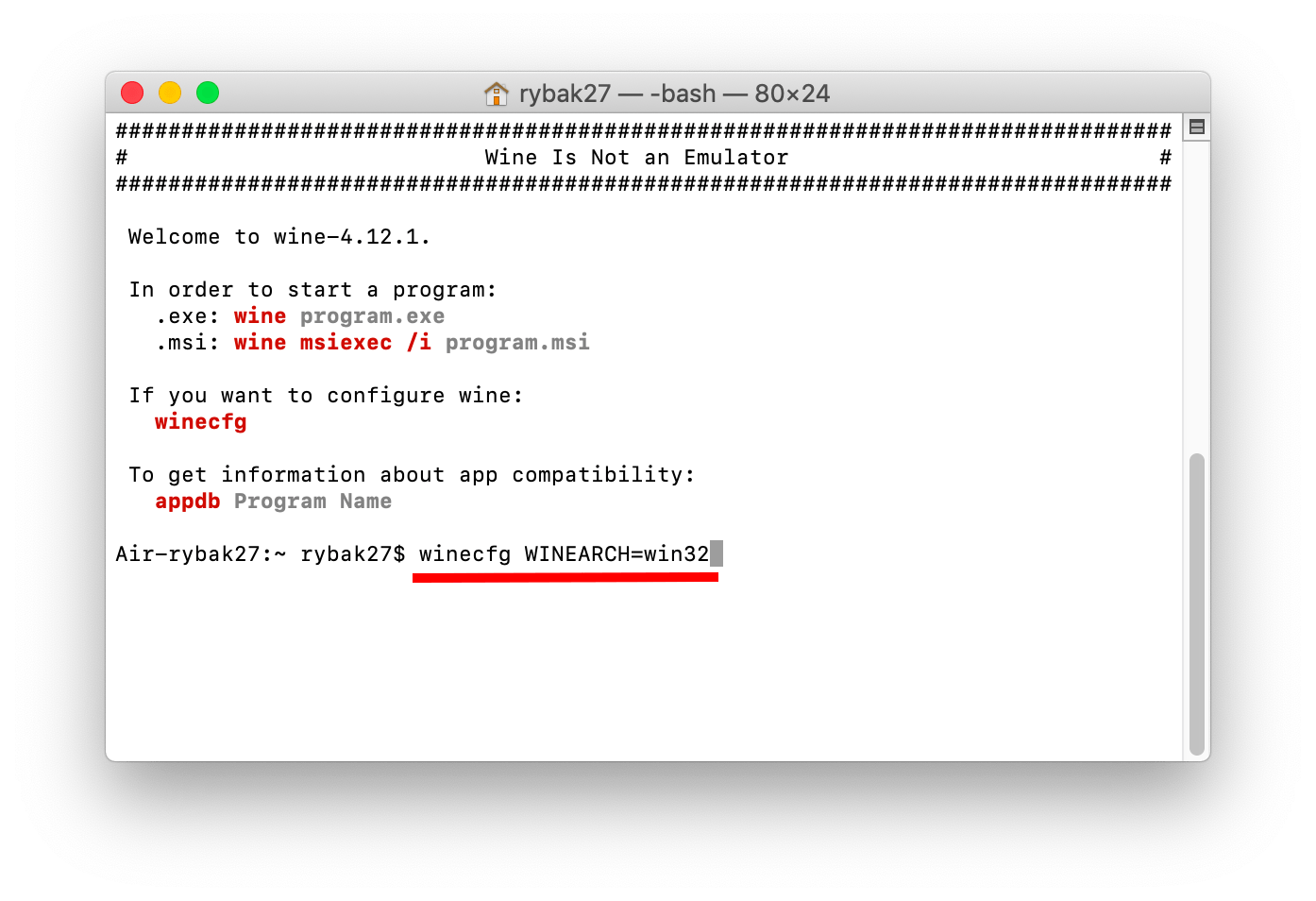

- #XQUARTZ UBUNTU HOW TO#
- #XQUARTZ UBUNTU INSTALL#
- #XQUARTZ UBUNTU PASSWORD#
- #XQUARTZ UBUNTU MAC#
- #XQUARTZ UBUNTU WINDOWS#
Within the Spotlight field, enter vnc://your_server_ip:5900 (e.g. Step 3 – Connecting to Linux with VNC.Step 2 – Creating the SSH Tunnel from your computer.Before we can connect to the remote desktop, we need to start the VNC server on the remote machine. Step 1 – Starting the VNC Server on the remote computer.
#XQUARTZ UBUNTU WINDOWS#
I also tried copying Menlo.ttc into my /.fonts directory to have a nicer font than the X windows fonts but it's clear the X font renderer just can't match MacOS native.
#XQUARTZ UBUNTU MAC#
How do I connect my Mac to Linux desktop?Ĭonnecting using VNC from a Mac computer to a Linux server I've installed XQuartz 2.7.0 binaries by hand and didn't notice any improvement in font rendering. I've tried it on clean Ubuntu and Debian installs and I got the same results twice, so there's definitely something I'm doing wrong. However when I run the command xstart in my XQuartz terminal, there is only text output and no GUI visible (see image).
#XQUARTZ UBUNTU PASSWORD#

No clue why that was a problem, or if it even was the problem, but it's solved.
#XQUARTZ UBUNTU INSTALL#
I use a program called XQuartz to do this which is available here.ĭownload and install it then log out and in again. We are done on the Linux side now, time to move over to your Mac. With this X11 communication channel properly established via ssh, a graphical applications run on the X client will be tunnel across and displayed on the. From the desktop X server we are going to ssh into the X client, making sure that X11 forwarding setting is enabled. However, because of various issues in the X11 server, including. Then restart SSH for these changes to take effect. This is either your Ubuntu desktop host, Windows, or Mac. X11 technology had been the default display server used by most Linux Desktop environments. In this xterm windows, ssh into the Linux system of your choice using the -X argument (secure X11 forwarding). This should bring up a new xterm terminal windows.

In this xterm windows, ssh into the Linux system of your choice using the -X argument (secure X11 forwarding). Run Applications > Utilities > XQuartz.app Right click on the XQuartz icon in the dock and select Applications > Terminal.

Next, we need to install the oh-my-zsh framework for managing the Z shell. So the Z shell is installed on the system. Linux side configurationĪs usual, most of this information comes from the fantastic Arch wiki post here.įirst you’ll need to install SSH if you havn’t already and set a root password. Step 3 - Install and configure the oh-my-zsh.
#XQUARTZ UBUNTU HOW TO#
Thus I set about figuring out how to use X11 forwarding from Arch Linux to Mac OS X 10.9 Mavericks. POST /cgi-bin/badstore.cgiactioncartadd HTTP / 1.1 Host : 192.168.1.75 User - Agent : Mozilla / 5.0 ( X11 Ubuntu Linux x8664 rv : 20.0 ) Gecko. You can then tell Multipass to open the app by pointing it to your computer’s IP address. After this is done, you can install the application whose GUI you want to view in an instance of Multipass. To do this, you will have to set XQuartz to Allow connections from network clients. There comes a point where it is useful to run Linux GUI apps elsewhere every once in a while and in my case virt-manager. You can use XQuartz to display Linux GUI applications on macOS.


 0 kommentar(er)
0 kommentar(er)
